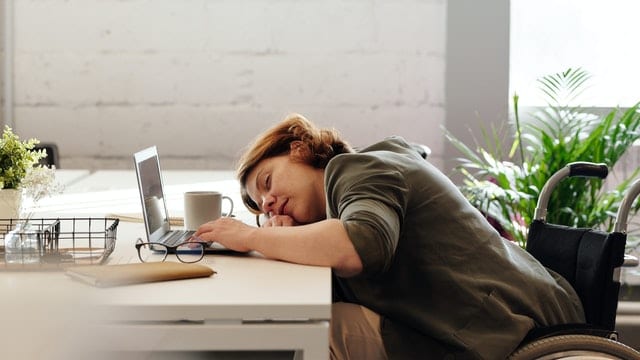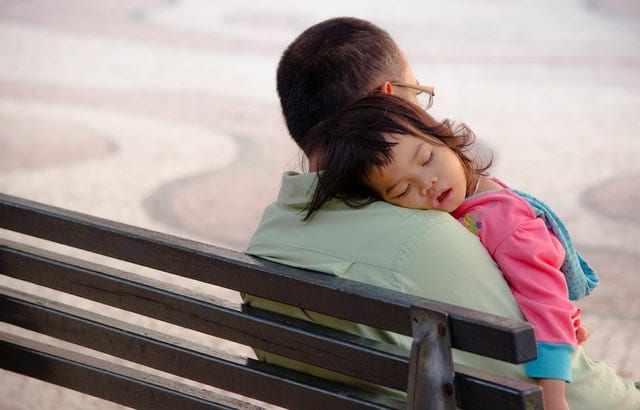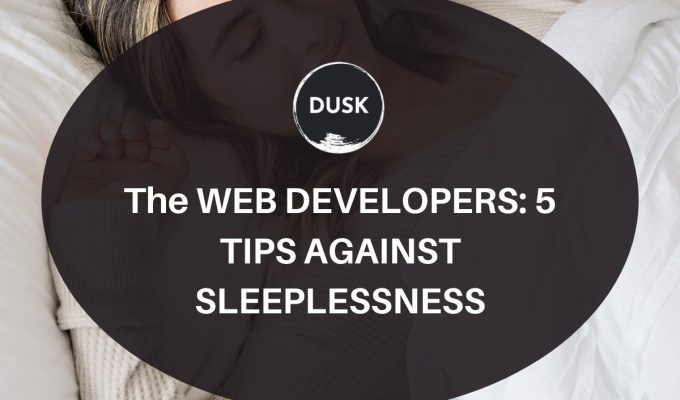Here at Dusk Digital we know all about sleeping problems because we tend to be up late developing websites and working on client projects. We ant to pass on some of our tips to help sleeplessness!
Can you relate? Sleep comes too late, waking up too early or sleep doesn’t come at all. Millions of people in America suffer from problems falling asleep or sleeping through the night. In addition to the consequences of tiredness and sluggishness, sleep disorders can also become a danger for the body. The risk of developing cardiovascular diseases and depression increases. Studies also show links between sleep deprivation and diabetes, obesity, high blood pressure, stroke and increased mortality – and researchers are now talking about the epidemic of the sleepless society. For example, 62 percent of all traffic accidents in the U.S. happen because of sleepiness.
UNHEALTHY WAKEFULNESS

Increasing shift work, constant availability, the pressure to perform, and a 24-hour nonstop mentality all affect the quality of people’s sleep. In addition, patients with mental illness show comorbidity. For example, sleep disorders are among the typical symptoms of depression. This is particularly prevalent among young people who are on their phones or computers before bedtime. Due to the monitor and display light, the release of the hormone melatonin is reduced – one that is responsible for falling asleep. It is not without reason that experts advise people to ban cell phones and televisions from the bedroom.
Those who suffer from severe sleep deprivation should consider behavioral therapy, which can already achieve a lot. Instead of swallowing sleeping pills, this would be a more effective and healthier alternative in the long run.
For those of you who have to deal with insomnia from time to time, I have a few tips:
MAKE A HABIT OF YOUR BEDTIME ROUTINE.
When parents put children to bed, it often comes with rituals. The child is bathed, teeth are brushed, pajamas are put on, and the bedtime story is a must. Children need this fixed routine to feel safe. Adults, too, by the way. So think up a ritual. Think about a routine that is repeated every time you go to bed.

THE BROODING BAG TRICK
If a lot of thoughts and worries prevent you from falling asleep, get up, take a piece of paper, a pen, and a bag. Then go with it into a room that you don’t like very much, e.g. cellar or the untidy junk room. Start writing down your thoughts and put them into the bag. Pull out a piece of paper – a thought – from this bag. Afterward, you think about this thought for 20 minutes (even if you get tired or don’t feel like it). This way you condition your brain. Because at some point, when you can’t fall asleep again, your brain will decide on its own whether it would rather go to the basement or go straight to sleep.
DO SOMETHING YOU DON’T LIKE TO DO
This is the slightly modified and lighter version of the brooding bag trick: Is there an activity you don’t like at all? Something like ironing or cleaning out the dishwasher? Wonderful! Because every time you can’t fall asleep, you get to get up again and do that activity for half an hour. Again, your brain will eventually signal “Oh no!” and you’ll be able to fall asleep faster again.
LET GO OF THE DAY
Get a nice notebook and in the evening write down everything you are grateful for today. Close your eyes and imagine you are in a room. Now review your day. Then, imaginarily, go through the door into another room that is for rest and sleep. Close the door behind you in your mind and let go of the old room.
TRAINING AND SLEEP
When you train you need to get plenty of rest. This is beyond the scope of this article, however, we found a comprehensive article (here) that is all about training and your body’s sleep requirements.






